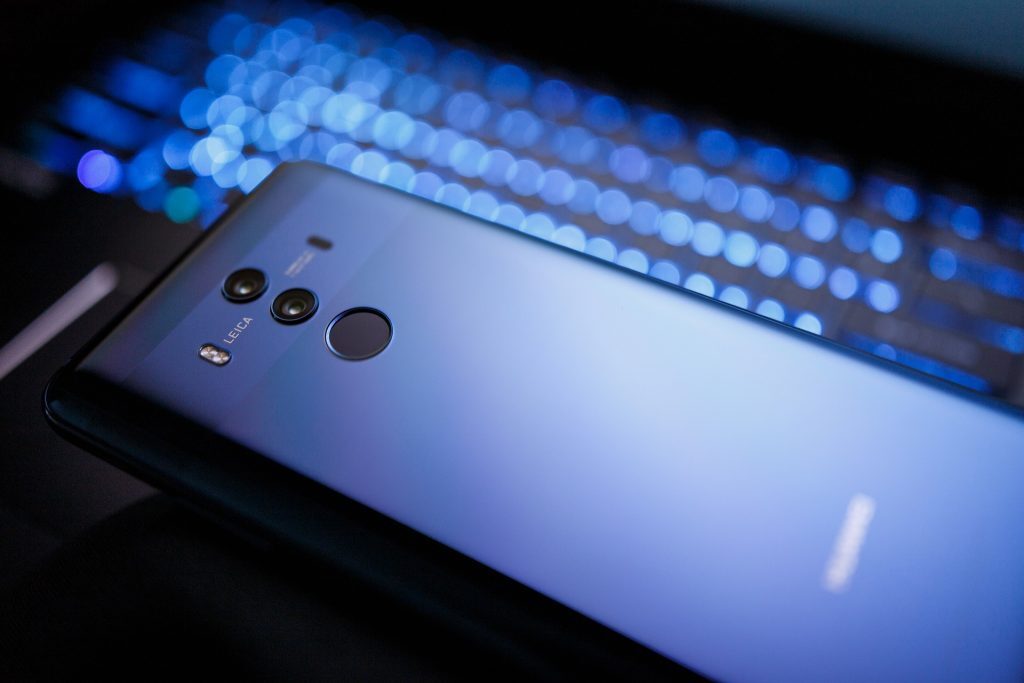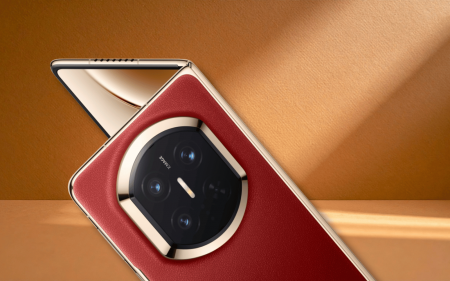And then sanity prevailed. On Sunday, US President Donald Trump effectively lifted the ban on US firms dealing with Chinese telecoms giant Huawei. This follows a turbulent six weeks where the threat of not being able to buy from US firms sent the telecoms industry and its supply chain into chaos.
“US companies can sell their equipment to Huawei,” Trump said after meeting with Chinese President Xi Jinping. “We’re talking about equipment where there’s no great national security problem with it.”
The two met after the Group of 20 summit in Osaka, Japan, where they negotiated a truce in the White House’s trade war with China.
“We mentioned Huawei. I said we’ll have to save that until the very end,” Trump said in a news conference after the summit. “One of the things I will allow, however, is – a lot of people are surprised we send and we sell to Huawei a tremendous amount of product that goes into a lot of the various things that they make – and I said that that’s OK, that we will keep selling that product.”
It’s not certain if this is the end to the impasse or a postponement, as there was no confirmation of whether the US Commerce Department has removed Huawei from its Entity List, which requires American firms to get a special licence to buy from firms on it.
But the damage of this blacklisting is how it has shaken up the global supply chain, which affects multiple companies in many countries. This uncertainty hammered not only Huawei but the share price of many of its suppliers.
“This is a $110bn company that is really too big, in some sense, to be killed in this manner because it’s too tightly intertwined with the supply chain and with standards and with critical infrastructure globally,” warned Paul Triolo, global technology policy director at Eurasia Group.
Last month it emerged that several US firms – including chipmakers including Intel and Micron – had found a way to sell computers chips to Huawei seemingly using a loophole for products that were not manufactured in the United States.
Big names like Google and Intel argued against the ban because of the potential loss of a major customers. A Huawei board member said it spends $11bn a year with American companies. Huawei sold 200-million phones last year, a not insubstantial number of potential customers and revenue and that could be lost.
At the G20 summit in Osaka President Cyril Ramaphosa added his voice to support Huawei, the Sunday Times reported, after the CEOs of Cell C, MTN, Vodacom and Telkom asked for his help, warning it could threaten as much as R100bn in infrastructure investments.
The long-term consequences of this six-week ban may ultimately be most keenly felt by US and other non-Chinese suppliers, as it feeds directly into China’s stated aims of becoming more independent in high-tech industries. This is the whole thrust of its Made in China 2025 initiative, a “three step strategy of transforming China into a leading manufacturing power by the year 2049”.
Huawei smartphone owners, cellular networks and the wireless industry in general have breathed a sigh of relief. But without clarity on whether this is finalised, or another gambit in the Great US-China Trade War of 2019, everyone is still nervous.
This column first appeared in Financial Mail




